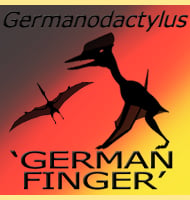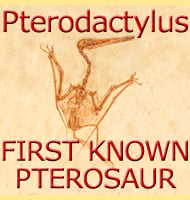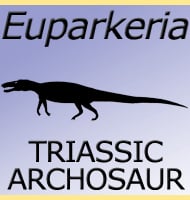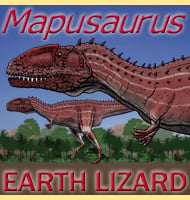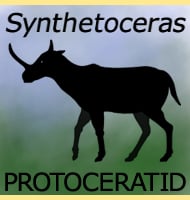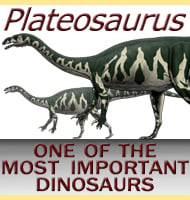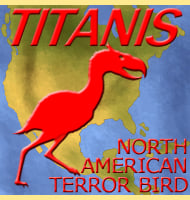In Depth
Mauriciosaurus is a genus of polycotylid plesiosaur known to have lived in waters of what would have been the southern portion of the Western Interior Seaway, the shallow sea that once submerged the middle portion of North America. The holotype specimen of Mauriciosaurus was found in Mexico, and has proven to be a ground breaking discovery. Before the discovery of Mauriciosaurus there was already increasing speculation regarding the structure of soft tissues in plesiosaurs, and the discovery of Mauriciosaurus has helped to prove many of these ideas to be true.
When the holotype individual of Mauriciosaurus died it ended up being buried in soft ocean sediment at a warm temperature, something that allowed the body fat under the skin to change into adipocere instead of decomposing. Adipocere, also known as corpse wax or grave wax is a waxy substance that allows for a cast of soft tissues to be formed. In Mauriciosaurus, this revealed that while Mauriciosaurus had a standard polycotylid skeleton, Mauriciosaurus actually had a tear drop shaped body formed from the fat deposits under the skin. Broad at the shoulders and tapering down to the end of the tail, the body and tail were basically a single shaped mass.
The flippers of Mauriciosaurus have also been found to not only be heavily muscled, but also have tapering soft tissue edges that extended well beyond the limits of the bony skeletal structure. This hydrofoil-like appendages would have allowed for swimming that was both energy efficient and fast. The neck of Mauriciosaurus was relatively stiff, something evidence by how the cervical vertebrae interlace with one another. This means that all swimming locomotion from forward propulsion to steering would have been entirely down to the flippers.
The short snout of Mauriciosaurus is typical of polycotylid plesiosaurs, and is suggestive of a preference for smaller prey animals, from small fish to perhaps even cephalopods such as squid. Mauriciosaurus is named after Mauricio Fern�ndez Garza.
Further Reading
- A new polycotylid plesiosaur with extensive soft tissue preservation from the early Late Cretaceous of northeast Mexico. - Bolet�n de la Sociedad Geol�gica Mexicana. 69 (1): 87–134. - Eberhard Frey, Eric W.A. Mulder, Wolfgang Stinnesbeck, H�ctor E. Rivera-Sylva, Jos� Manuel Padilla-Guti�rrez & Arturo Homero Gonz�lez-Gonz�lez - 2017

